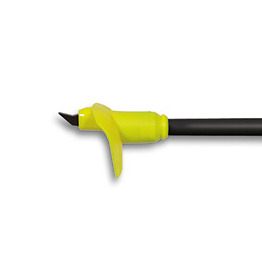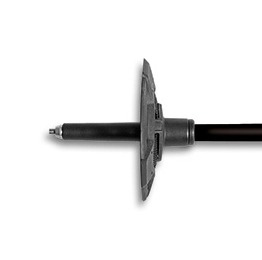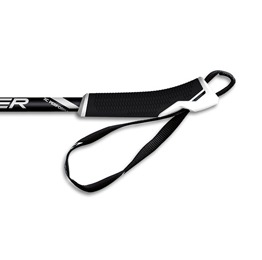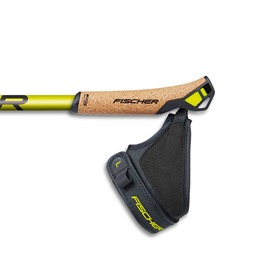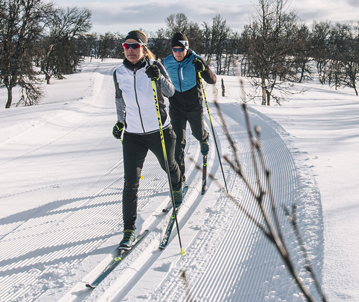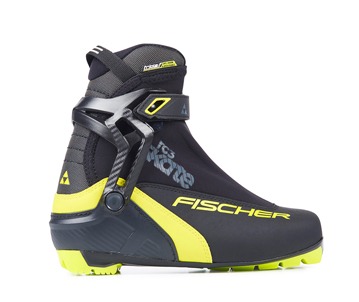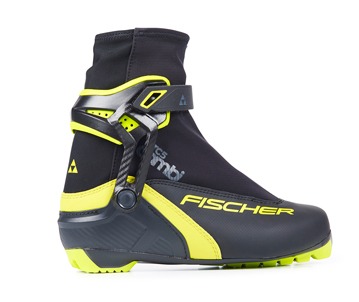*applies to in-stock regular priced items upon purchase and does not apply to special orders. Ski package discounts available in-store only.
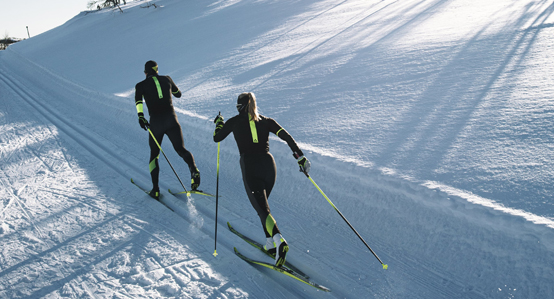
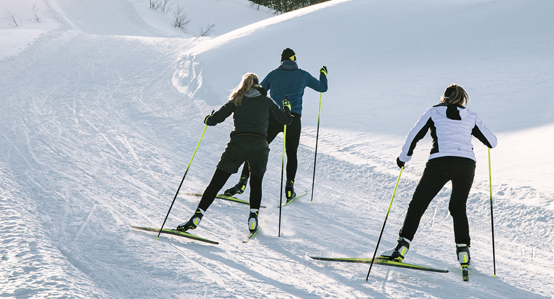
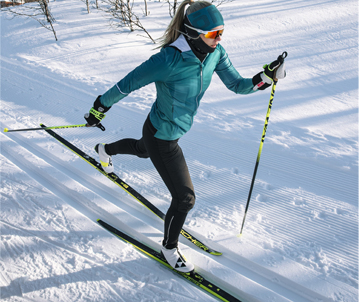
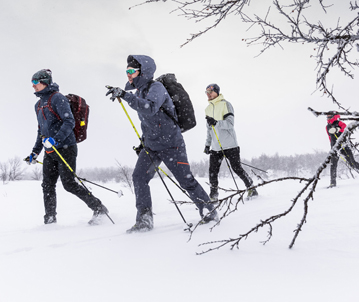
These skis are made for skiing out-of-track or on steeper terrain. Compared to Sport/Touring skis, they are typically shorter, wider and have metal edges. These features make them better suited for out-of-track skiing by making them more maneuverable, having better float in deeper snow and offering better grip in icy conditions.
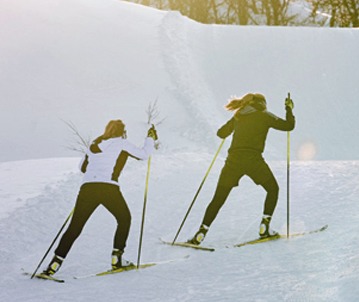
Skate skis are light, skinny, stiff and generally shorter than classic skis. They are designed to grip using the edge of the ski and glide using the base of the ski.
SKI LENGTH VS SKILL LEVEL
Longer skis tend to be faster than shorter ones. So, if you find yourself between sizes when looking at size charts and recommended weight ranges, think about your skiing ability. If you have never skied before, you will likely want to choose the shorter option. Experienced skiers will generally be better off with the longer option.
Nordic Ski Size Chart | ||
Skier Weight (pounds / lbs) | Classic Ski Length | Skate Ski Length |
100 – 110 | 180 – 190 cm | 170 – 180 cm |
110 - 120 | 182 – 192 cm | 172 – 182 cm |
120 – 130 | 185 – 195 cm | 175 – 185 cm |
130 - 140 | 187 – 200 cm | 177 – 190 cm |
140 - 150 | 190 – 205 cm | 180 – 195 cm |
150 - 160 | 195 – 210 cm | 185 – 195 cm |
160 - 180 | 200 – 210 cm | 190 – 195 cm |
180+ | 205 – 210 cm | 190 – 195 cm |
Boot and Binding Compatibility | |
Boot Sole Type | Compatible Bindings |
NNN | NNN, NIS (Nordic Integrated System), Turnamic, ProLink |
Turnamic | NNN, NIS, Turnamic, ProLink |
ProLink | NNN, NIS, Turnamic, ProLink |
SNS Profil | SNS Profil |
SNS Pilot | SNS Pilot |
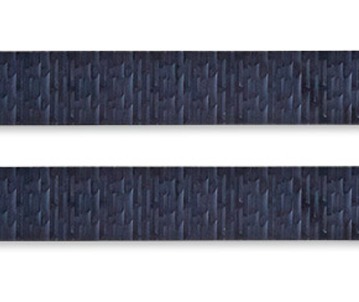
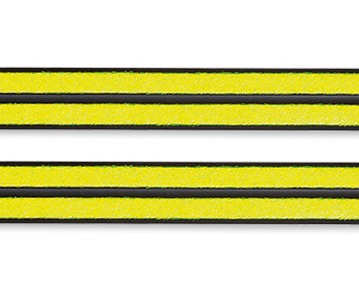
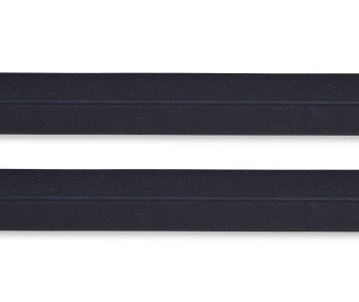
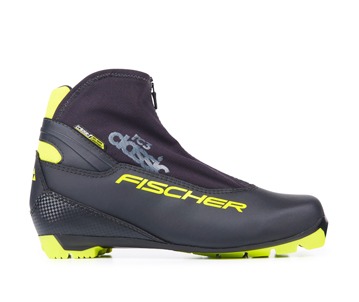
Boot and Binding Compatibility | |
Boot Sole Type | Compatible Bindings |
NNN | NNN, NIS (Nordic Integrated System), Turnamic, ProLink |
Turnamic | NNN, NIS, Turnamic, ProLink |
ProLink | NNN, NIS, Turnamic, ProLink |
SNS Profil | SNS Profil |
SNS Pilot | SNS Pilot |
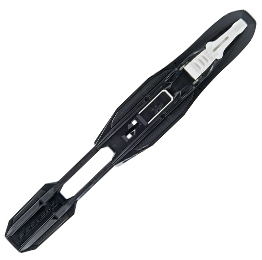
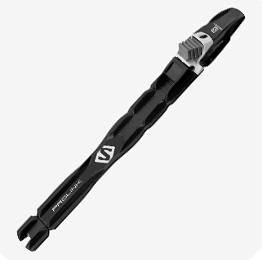
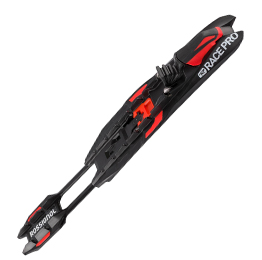
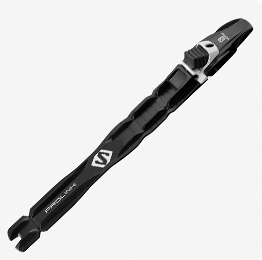
Boot and Binding Compatibility | |
Boot Sole Type | Compatible Bindings |
NNN | NNN, NIS (Nordic Integrated System), Turnamic, ProLink |
Turnamic | NNN, NIS, Turnamic, ProLink |
ProLink | NNN, NIS, Turnamic, ProLink |
SNS Profil | SNS Profil |
SNS Pilot | SNS Pilot |
AUTOMATIC: Automatic bindings allow you to step into them without bending over and to release them with the press of a ski pole. The convenience of automatic is nice and it is a feature many recreational skiers enjoy.

Aluminum: Aluminum poles are more durable and economical choice, and are typically a bit heavier than composite poles. They are usually designed for Classic Touring/Sport or BackCountry/Off Trail skiing.
Composite: Composite poles feature shafts that are made either of entirely or partially from carbon composite. They are lighter and more expensive than aluminum and are preferred by dedicated skiers on Skate skis or Race/Performance Classic skis.
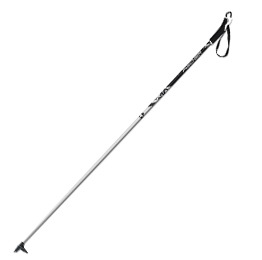
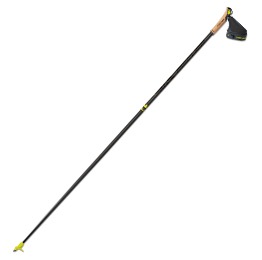
Small Semicircle Basket: These baskets are best suited for packed snow, making them a better choice for skate, classic touring/sport and classic race/performance skiing.
Bigger Baskets (~3": diameter): These baskets are best suited for deep powder snow, making them a better choice of backcountry/off trail skiing.
Simple Webbing Loops: These are typically intended for either classic touring/sport or backcountry/off trail use.
Elaborate Strap Systems: These are often meant for skiers who are on skate skis or race/performance classic skis. The straps hug your hands tightly and keep the poles positioned perfectly for efficient poling.
